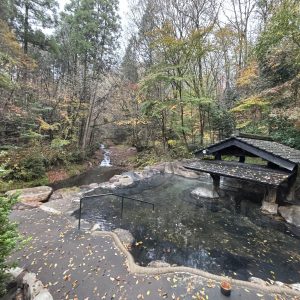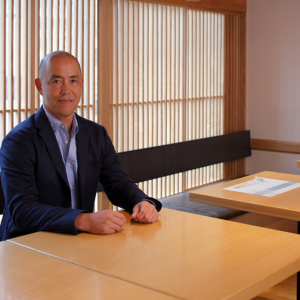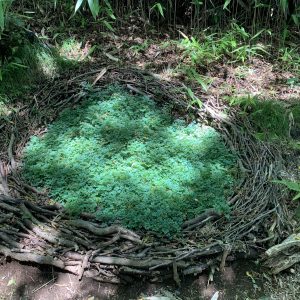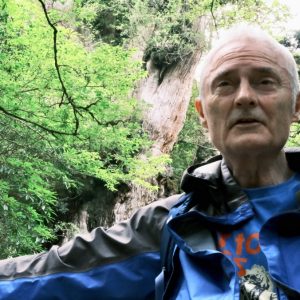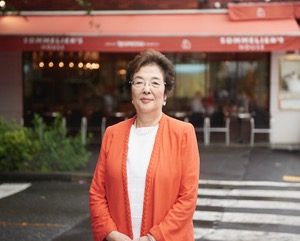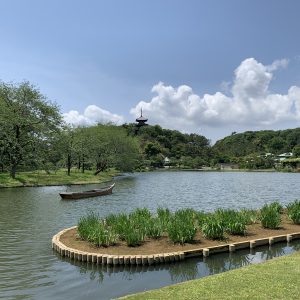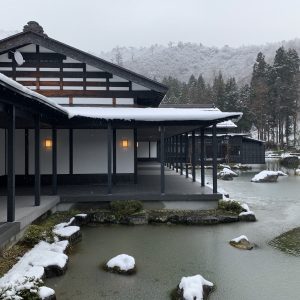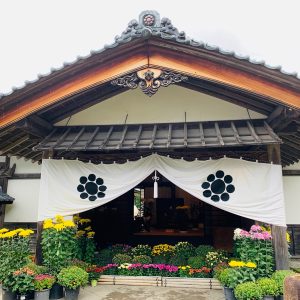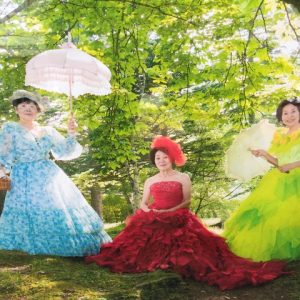Onsen Hopping in Kyushu
I can hear the gushing of the stream as its white-frothed water cascades over a small boulder and rushes towards a cluster of rocks. It’s snowing. Big feathery snow flakes swirl towards me, threatening to turn my hair white and my face red. But I am sitting in a pool of perfectly warm hot-spring water, comfortably insulated from the snow and chilly air around me. Evocatively named “bath in the forest,” or Mori-no-Yu, this onsen open-air bath overlooking the rushing stream… Read more »

